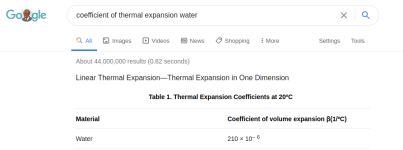Mas01
Member
In our water cooling tank, I've installed and successfully wired up 4 float switches & updated the PLC (big thanks to @parky for that).
As a visual of tank water depth, at the moment, I've got 4 'stacked rectangles' on the HMI (PC), which turn Blue when the float switch goes closed-circuit.
This is fine, but does not give a "live" reading of water depth.
We do, however, have a water pressure gauge near the bottom of the tank. I was wondering if that could be used for giving us a live reading of water level, or is the maths involved in calculating the water level going to be tricky [?].
Thanks
As a visual of tank water depth, at the moment, I've got 4 'stacked rectangles' on the HMI (PC), which turn Blue when the float switch goes closed-circuit.
This is fine, but does not give a "live" reading of water depth.
We do, however, have a water pressure gauge near the bottom of the tank. I was wondering if that could be used for giving us a live reading of water level, or is the maths involved in calculating the water level going to be tricky [?].
Thanks





